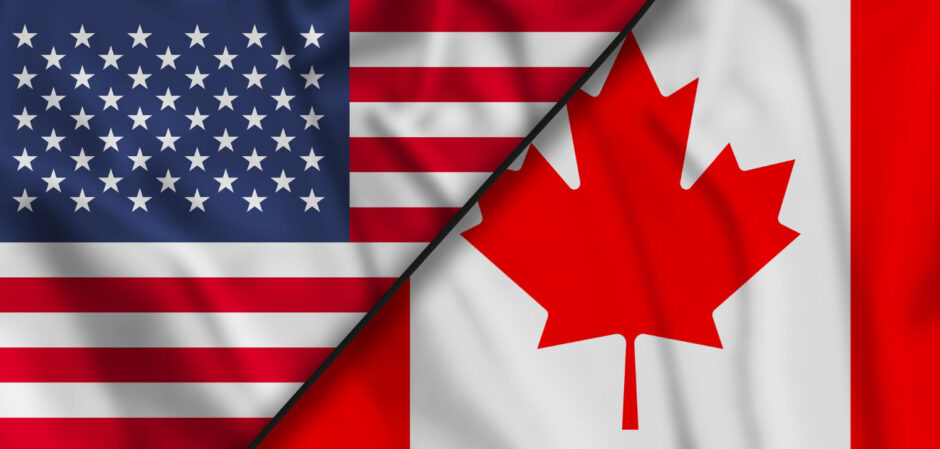Canada and the United States
Canada and the United States share the longest undefended border in the world, and throughout history, the two countries have had a unique relationship when it comes to immigration. While the flow of immigrants between the two countries has been somewhat fluid, there have been specific moments in history where the pattern of migration has changed. This essay will examine the history of immigration to Canada from the United States and the factors that have influenced this migration over time.
The first wave of American immigration to Canada occurred in the late 1700s and early 1800s. At that time, the United States was a newly formed country, and many Americans were looking for land and opportunity in the new world. Canada, then a British colony, offered a new frontier and was seeking settlers to help populate the country. The influx of American immigrants helped to establish communities in what is now Ontario and Quebec.
During the 19th century, immigration from the United States continued, but the reasons for immigration began to shift. As the United States expanded westward, there was a land rush that saw Americans heading to the American West in search of new land and opportunity. However, as the American West became more crowded, some Americans began to look northward to Canada. In particular, many Black Americans chose to move to Canada to escape the discriminatory laws of the American South. These Black immigrants, known as “Black Loyalists,” were among the first African Americans to settle in Canada, with many settling in Ontario and Nova Scotia.
In the early 20th century, the flow of immigrants from the United States to Canada slowed considerably. This was due in part to changing economic conditions in both countries. The United States was experiencing rapid industrialization, which created jobs and opportunities for American citizens. Meanwhile, Canada was also experiencing a period of economic growth, and many Canadians were choosing to stay in their own country rather than moving to the United States.
During the mid-20th century, the pattern of American immigration to Canada began to change once again. In the aftermath of World War II, many American soldiers who had been stationed in Canada returned to the country to settle permanently. Additionally, the United States was experiencing a period of political upheaval, with the civil rights movement and the Vietnam War leading many Americans to consider leaving the country. Canada, with its reputation for being a peaceful and inclusive society, became an attractive destination for these immigrants.
In more recent years, the flow of immigrants from the United States to Canada has been influenced by political and economic factors. For example, during the 1980s and 1990s, many American companies began to outsource jobs to other countries, including Canada. As a result, many American workers who lost their jobs began to look to Canada for work opportunities. Additionally, in the wake of the 2016 US presidential election, there was a noticeable increase in the number of Americans who expressed an interest in moving to Canada. This was due in part to concerns about the political climate in the United States and a desire to live in a more stable and welcoming society.
The history of immigration from the United States to Canada is complex and multifaceted. Over the centuries, the reasons for immigration have varied, with economic, political, and social factors all playing a role. However, what is clear is that the relationship between the two countries is one of mutual respect, cooperation, and friendship. While the flow of immigrants may ebb and flow, the bond between Canada and the United States is strong.



Programme pilote pour le travaille